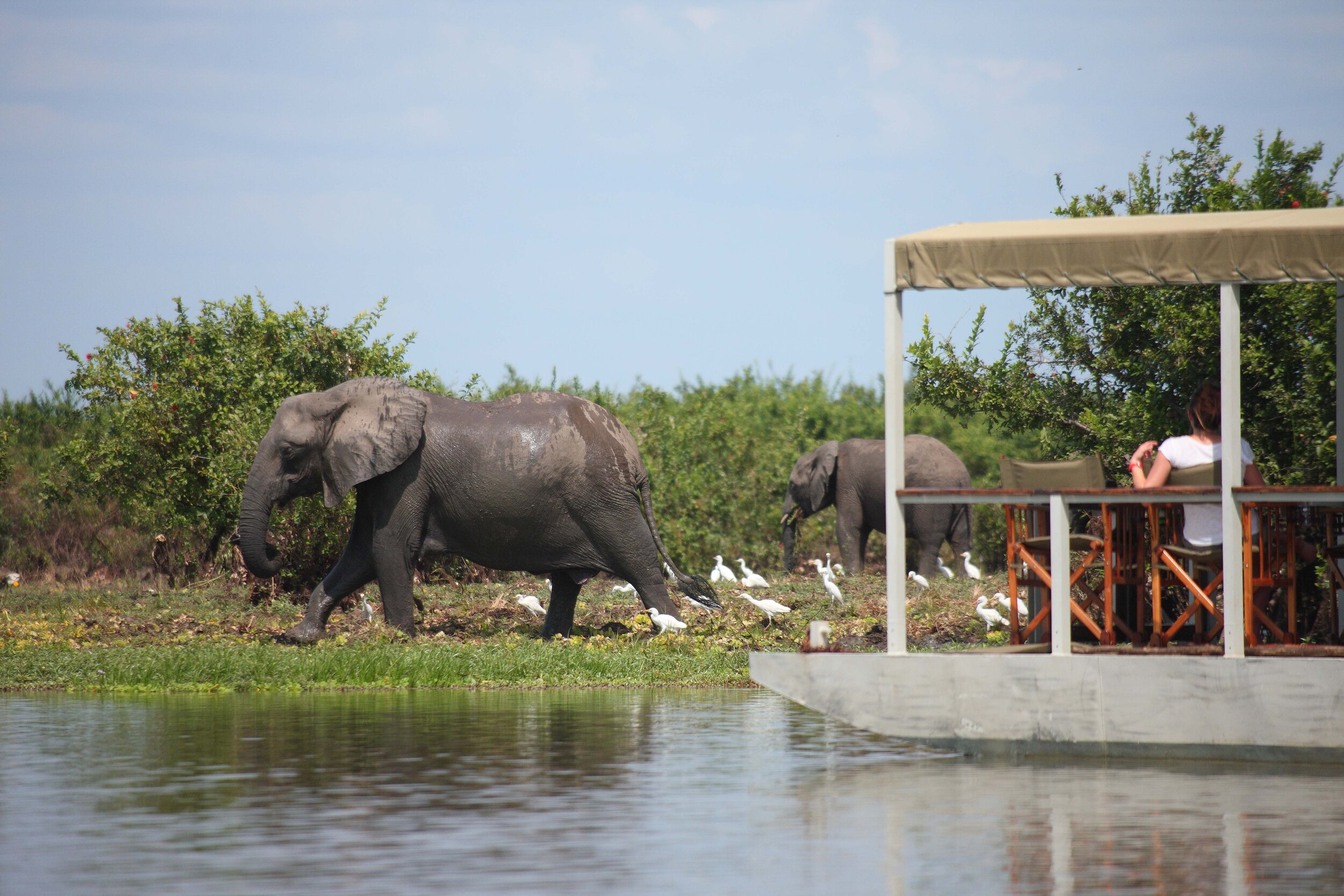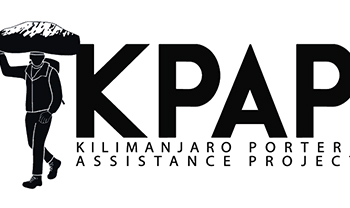Selous Game Reserve

Selous-Game-Reserve
Selous Game Reserve is a vast, 48,000-sq-km wilderness area lying at the heart of southern Tanzania. It is Africa’s largest wildlife reserve, and home to large herds of elephants, plus buffaloes, crocodiles, hippos, wild dogs, many bird species and some of Tanzania’s last remaining black rhinos. Bisecting it is the Rufiji River, which cuts a path past woodlands, grasslands and stands of borassus palm, and provides unparalleled water-based wildlife watching.
The Selous game reserve area is mostly untouched and provides a serene atmosphere. You can take the opportunity of guided walk, and boat safaris inside the national park. Lions also can be found on the shores of small lakes inside the park. The game reserve area also offers a decent number of accommodations ranging from mid-range to extravagance lodges. The Selous national park offers a great animal concentration including; bush elephant, black rhino, East African wild dog, Cape buffaloes, Masai giraffe, Plains zebra, Nile crocodile, and more.

The game reserve is the largest in Tanzania. It is the UNESCO world heritage protected site due to its diversity and stunning natural essence. The Selous game reserve covers up 50,000 square kilometers. The game reserve got its name after the famous game hunter, Frederick Selous. He is a famous big game hunter and an early conservationist who died in 1917.
The Rufiji River flowing in the heart of the Selous area is the prime water source of the region. In the dry season, the river bed offers an iconic opportunity to spot a great amount of animal drinking water from the River.
Many swamps and lakes can be spotted inside the Selous national park. The water bodies offer a decent opportunity to spot some playing hippos in the mud. Travelers also can spot crocodiles near the swamps and lakes
The area was declared as a game reserve by German Governor of Tanganyika Hermann von Wissmann in 1896. Selous Game reserve offers unique and diverse vegetation of lakes, streams, and Borassus palms. The dry season of the country offers a grassland, acacia savannah, wetlands, and extensive Miombo woodlands vegetations.







